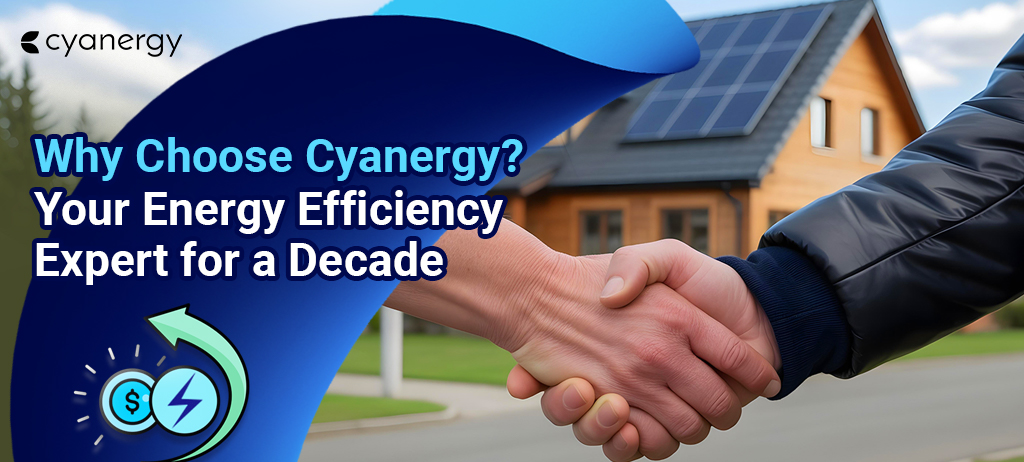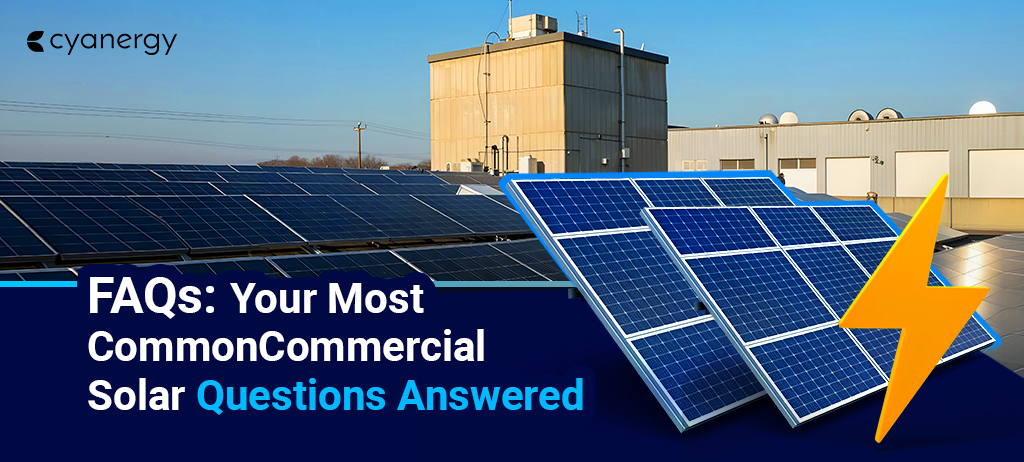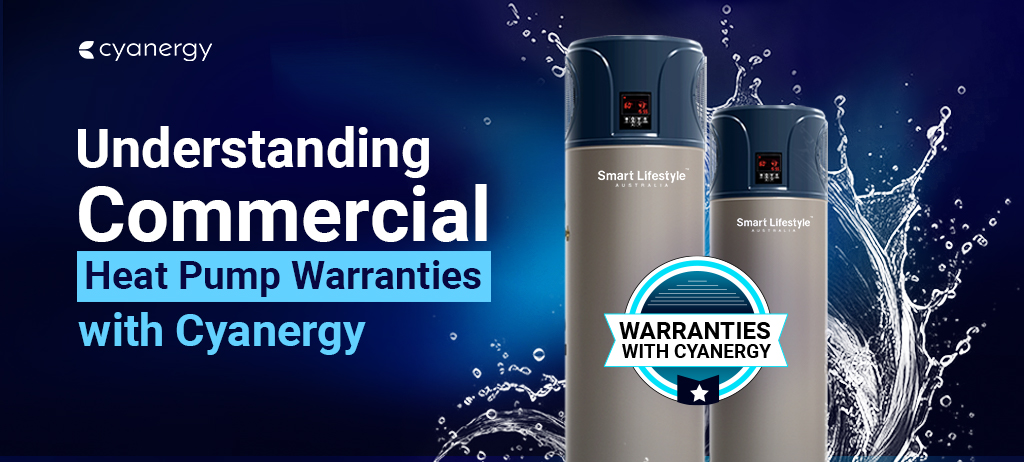If you are seeking for a perfect inverter of any size whether a single-phase or three-phase, ABB inverter, apt for both residential and commercial, should be the perfect choice. Having a range from 2 to 50kW with a plug and play installation, as well as sturdy infrastructure and sleek design, ABB can accompany you throughout your whole solar journey. This multi-billion Swiss industrial affiliate had undergone lots of controversies and infamy due to their warranty and service issues caused by their own patented Aurora ‘Power-one’. However, they soon began to revamp their inverters to come to limelight. This ABB inverter review will bring out their mysterious rise from all the blemishes to their bar of standards.
ABB Solar Inverter Review

How ABB Was Formed?
ABB was founded back in 1988 in Zurich, Switzerland, a conglomerate resulted from two companies – ASEA and Brown, Boveri & Cie. Harking back to the old days, you will probably see that ABB originated when Ludvig from ASEA teamed up with Charles Eugune and Brown, Boveri & Cie. These two companies were formed in 1883 and 1891 respectively. Both of these companies had been involved with electrical goods like motors, circuit breakers to robots etc.
After a breakthrough starting of the ABB, they were evolving in full swing with their production of the solar inverters adorned with digital technology. And now they are one of the largest manufacturers with more than 110,000 versatile employees while reigning over 100 countries. Their inverters caught the eyes of the customers across China, Italy, the USA, South Africa, and Slovakia.
How ABB Partnered With FIMER?
However, in 2014, ABB bought the acquisition of one of the smallest, yet famous companies called, ‘Power One’, which used to manufacture some of the world’s premium quality residential inverters. The inverters of Power One used to be recognized as Aurora. After a handover of Power One to ABB, the company decided to scrap both Power One and Aurora and branded it as ABB PVI inverters.
When the situation went out of hand due to issues, such as technical problem and poor customer support, the ABB began to lose its reputation; it had its negative impact on their other standard quality type inverters. Thus, in July 2019, the ABB decided to opt-out from the business until FIMER, an Italian based the fourth largest solar inverter distributors, held the hands of the ABB’s business and finalized the acquisition.
Although it had an awful startup, the ABB, with their years of tinkering around the mediocre Aurora inverters, finally survived their hopes by starting from the scratch to reintroduce their technical-advanced inverters in the recent days called UNO series. They were made possible only because of the help of the FIMER, a company that has a production capacity of 4.12GW with a string inverter range from few kW to 7.8 MW.
How To Contact ABB Australia?
ABB has its offices located in Sydney, Melbourne, Brisbane, and Perth, whereas FIMER is only located in NSW. The Australian head office of the ABB is in Sydney, NSW.
You have the options to call, email or chat. We will enlist some of the contact lists in this ABB inverter review so that you can get in touch with them. ABB’s dedicated team working in the contact centre are always ready to help you sort out your query. When you call them, there is no hassle in searching for various code or extension number since there is a single point of contact for their sales, service and internal support groups.
The operator will ensure that you are transferred to the right person to deal with your issues. Besides, every inquiry will be logged, and you will get the reference number to contact your customer support team so that you won’t have to fiddle around with the same query over and over again.
To get more contact information, click here. In case if you have any urgent query for which you want them to call you back, then click on call back request in Australia. You can also click on the global contact to reach out to any international agents of ABB.
8am – 7pm AEST, Monday – Friday (except national public holidays)
– Australia toll-free phone number:
1800 222 435
– International phone number:
+61 (0)2 9738 2277
– E-mail address: contact.center@au.abb.com
– LiveAgent Chat:
contact.center@au.abb.com
What Set Some Of The Drawbacks Of The ABB Inverter?
The previous versions of the ABB inverter didn’t use to own DC isolator inbuilt. That led to a situation when the maintenance work got pretty difficult and challenging, especially during the sudden outage. However, all the modern ABB inverters come with the DC isolator inbuilt. It then prevents any fatal accident or injury to the workers when they come for the repairment of the device.
The cooling system operates through natural convection which means it relies heavily on the heat sink on the back, unlike Fronius, which has three fans and a heat sink. Therefore, the Fronius seems to perform well while remaining cool, whereas the ABB inverters get a bit warm. We assume that they must add two more fans in it to keep its performance as ideal as Fronius.
What Led The ABB To Return To The Market?
As soon as the FIMER took over the ABB, their new range of inverters, particularly UNO-TL, UNO-TL-DM-PLUS with the addition of the Wi-Fi options have accentuated the biggest comeback of ABB. The new plug & plug installation, easy handling procedure, the addition of DC isolator, and the improvement in the slow customer support have been considered as the biggest strengths for standing out in the competitive market.
What Is The Warranty Period Of ABB Inverters?
The warranty procedure for the ABB inverters is a bit complex. Therefore, I will try to summarize it as easy as possible in this ABB inverter review. The STANDARD “+”, as well as ASSURE warranty, for three-phase inverters is 5 years provided that in no case, it should exceed 66 months from the date of the shipment. You can also claim to extend your warranty to 10 years, in a condition that the warranty must be claimed within 12 months of purchasing the inverter.
The UNO-DM and REACT2 inverters have a duration of 10 years, and under no circumstances, it should exceed 126 months from the date of shipment from the factory. The good news is that sometimes if you are lucky, you may avail the additional warranty as a part of a solar package deal or promotion.
Any accessories under the ASSURE warranty have a duration of 2 years counting from the date of purchase, with a condition of not violating the deadline of 30 months from the date of the shipment from the factory. Unfortunately, there is no option for the extension of the warranty for the accessories.
The Standard “+” warranty for PVS-175 only covers the labour and material costs either at the repair centre or on-site, at the discretion of ABB, whereas the ASSURE warranty (excluding the PVS-175 inverter) includes the coverage of early replacement of inverters or components (such as power modules, string boxes), along with the shipping costs and labour charge.
Why To Buy ABB Inverter?
There are many typical features of ABB inverter, which are symmetrical to any ongoing advanced inverters in the market. Still, we will highlight some of the unique features in our ABB inverter review that will help you decide whether or not you want to see it being installed in your properties.
Display Option: Most of the recent inverters are equipped with built-in or dongle-based Wi-Fi enabling system. The reason is that using the previously type screen system has become obsolete these days as they used to cause the failure issues a lot. Hence, the need of the Wi-Fi-based inverter became imperative. However, most of the inverters will not be connected to Wi-Fi throughout their life, and a lot of people are ignorant of using the Wi-Fi. Thus, having a simple screen with the inverter is a game-changer.
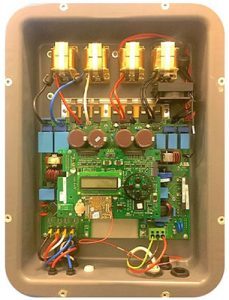
Plug-in Connectors: One of the reason most inverters are prone to damage is only due to water leakage during raining. Many parts in Australia tend to rain most of the year, and it requires a protection other than IP65 to prevent water from entering. Although the ABB manufacturer claims that having the plug-in connectors saves the time by making the installation easy, the experts and users both believe that it also impedes the water or condensation from entering via the defective conduits. Isn’t it amazing that you won’t have to splurge any extra penny on your expensive piece of set?
Lightweight and Compact: Mounting the inverter is troublesome as the installers quite often face difficulties in hanging against the wall while lifting it. So, if you buy an inverter that weighs around 15kg, much lighter than its older versions (26kg) or SMA 5kW (16kg), then how will you feel? Good, right? Even we felt the same too, and the 5kW ABB inverter is one of such quintessential inverters found in the market these days. Interestingly, not only does the product weigh less, but also it requires few natural resources to be utilized to manufacture it.
Load Control System: Exporting the excess energy is the primary reason for which many solar users install the solar system. The payback time commensurate with the quality of the inverters. Most of the old-fashioned or ABB 5kW inverters had trouble in heating the hot water system due to less available energy for exporting too much energy to the grid for the Feed-in-tariff. Hence, you need a special additional communication card to limit the export. So, load control is essential.
Efficiency: There is always a misconception that the pricey inverters mean an efficient one. Indeed, it is true to some extent. But it is also feasible to get a better efficient inverter at an affordable price. ABB inverter proves that too. With an efficiency of 97%, ABB has even toppled Aurora and the Fronius Primo (from Fronius brand) by 0.6% more. Also, higher efficiency hints a less heat, and less heat favours the longevity of the inverter.Apart from this ABB inverter review, you can also check out some of the Cyanergy’s other inverter review to visualise the scenario.
Is ShadeFix Technology New To ABB Inverter?
ShadeFix is a software, which is integrated in the inverter to obtain the maximum yield of the solar panels using the MPPTs. This technology is normally used in the SMA inverter and Fronius inverter. In order to make the most out of the ShadeFix technology, your inverter should have multiple relative maximums.
However, most inverter despite having multiple relative maximums, they solely rely on the single absolute maximum – (the maximum maximum). In such small price of ABB, it is rare to get this technology, but you are fortuitous that ABB has had this technology since 2011.
How Preventive Maintenance And Efficient Replacement Service Work?
We already talked about the warranty period in the ABB inverter review. However, just because you have the warranty, it doesn’t mean that the maintenance will be neglected. The preventive maintenance is imperative for an annual basis to protect your inverters from any damage or failure. This maintenance involves annual inspection and component replacement to ensure that your inverter can run at its maximum efficiency to abate the replacement cost, improve accuracy, and safety of the products.
ABB provides one of the most comprehensive optimal replacement services regardless of the warranty period. There are four main lifecycle of the inverters the same as the Apple’s iPhone battery health system – Active, Classic, Limited or Obsolete. It indicates that when it should be the best time to claim for the replacement of the inverter without waiting for the whole inverter to wither its quality.
Is Monitoring System Up To The Mark In ABB Inverter?
Like FIMER, ABB has the built-in Wi-Fi monitoring system that requires a connection to an online platform called, ‘Aurora Vision’. Besides, an updated Plant Viewer monitoring portal and ‘Energy Viewer’ mobile app show you some of the rudimentary information based on your findings. The major setback of ABB’s monitoring system is that it doesn’t turn out to be precise and detailed. It only shows you information, such as individual string outputs and voltage.
Apart from these, you won’t be able to see a lot of unique features, especially for UNO and TRIO (3-phase) as they are quite old. Therefore, ABB released a Wi-Fi logger card (VSN300) to get the taste of rigid monitoring. However, one of the most distinctive features we will mention in this ABB inverter review is that it has the weather stations and irradiance sensors to detect the weather, which is necessary for the commercial-based projects.
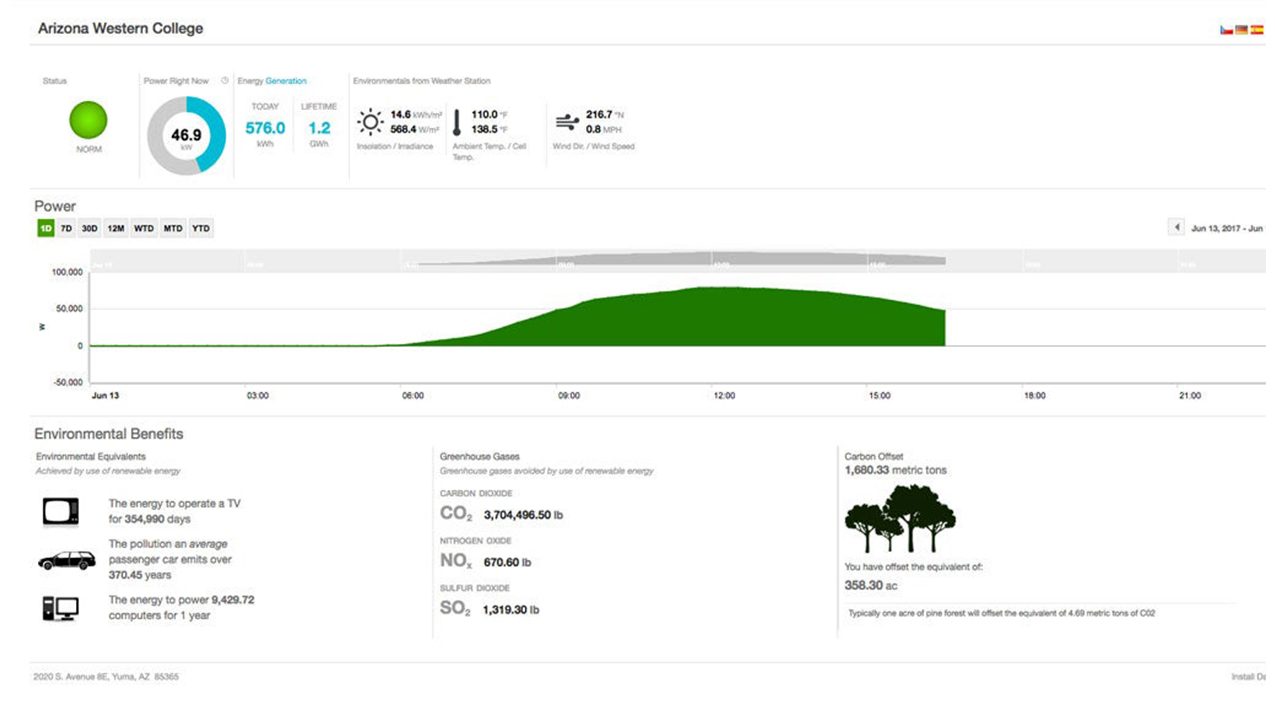
The monitoring service also does the followings – control the export power, identify self-consumption, detect the shading issues using the MPPTs, adjust the grid parameters, remotely adjust the hot water relay parameters, and update the microprocessor automatically.
What Types Of Inverters ABB Manufactures?
ABB with a joint venture with FIMER, is famous for many types of inverters, which are used from residential to commercial properties. This ABB inverter review will show you 5 diverse ranges of inverters for which they are famous.
1. ABB UNO-2.0/3.0/3.6/4.2-TL-OUTD
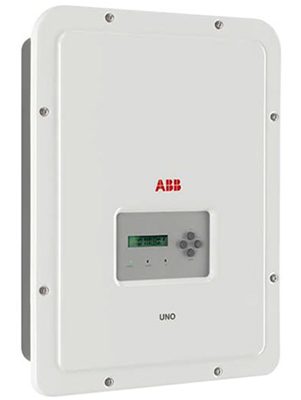
Important Features:
- Enormously lightweight (12kgs)
- This innovative single-phase is transformer less
- Plug & play connectors on both sides of the AC and DC ensures an easy installation
- This inverter is compatible with VSN300 Wi-Fi Logger Card (optional)
- The capacity ranges from 2.0 to 4.2kW
- To monitor the self-consumption, there is an integrated load manager
- To harness the maximum yield, the device is compatible with a single powerful MPPT
- The hard casing enclosing the inverter is IP65 protected and protects it from any harsh environment
- Integrated DC switch LCD display
- Maximum efficiency ranges between 97.3% to 98.4%
2. ABB UNO-DM-3.3/4.0/4.6/5.0-TL-PLUS
Important Features:
- It has the capacity from 3.3 to 5.0kW
- Compared to its capacity, it still has a lightweight around 15kg
- Dual MPPTs
- Dynamic feed-in-control system (“zero injection”)
- Remote Over the Air (OTA) firmware upgrade for inverter and components
- Native Modbus SunSpec protocol (TCP/RTU)
- Embedded WLAN communication
- It has a wireless communication interface
- RS485, Ethernet, ZigBee are some of the optional communication interface
- Maximum efficiency 97.0% to 97.4%

3. ABB React 2 PV + Storage
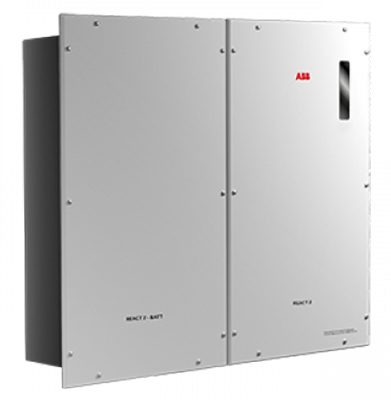
Important Features:
- This single-phase inverter, designed particularly for the residential use has the capacity from 3.6 to 5.0kW
- This hybrid guru stores 4kWh to 12kWh in its Li-Ion battery to provide up to 10% more energy than any lower voltage battery
- Modbus TCP/RTU SunSpec compliant
- Compatible with ABB free@home for a full ABB smart home experience
- Very modular in design
- 2 MPPTs for two directional solar array panels
- Weight is less than 22kg
- Transformerless
- Mobile app exists for remote monitoring
- It has the embedded Wireless (5), 2 x Ethernet, RS485
4. ABB PVS-175-TL
Important Features:
-
- This is a three-phase inverter with massive number of MPPTs (12 MPPTs)
- This is used for the massive scale of commercial projects
- It has a power rating up to 185 kW
- WLAN interface for commissioning and configuration
- Remote monitoring and firmware are upgraded using the ABB cloud platform (logger free)
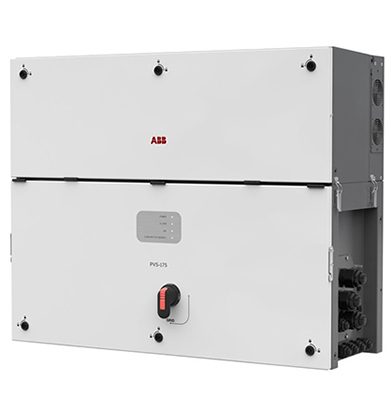
- Maximum efficiency is 98.7% which is perfect for the commercial-based plants
- Embedded communication interfaces include Dual port Ethernet, WLAN 5), RS-485
- It is protected by IP65 (IP54 for cooling section)
5. ABB TRIO-20.0/27.6-TL-OUTD

Important Features:
- This is one of the most major commercial-based three-phase inverters in this ABB inverter review
- It has a transformer less topology with three-phase bridge topology for
- DC/AC output converter Auxiliary DC output voltage (24V, 300 mA)
- It is equipped with VSN300 Wi-Fi Logger card enabling wireless system
- Maximum efficiency rate is up to 98.2%
- It has 2 MPPTs
- Detachable wiring box for the easy setup and installation
- It has an integrated string combiner that comprises of the DC and AC disconnect switch, which complies with international standards (S2, S1J, -S2J and -S2X versions)
Based on all of the features and information mentioned in this ABB inverter review, the conclusion can be drawn – ABB inverter, powered by FIMER, is undoubtedly an outstanding inverter, serving some of the prime commercial and residential sites. Their improvement on the slow customer service, re-designing the concept of the inverter from their past mistakes with the Aurora, and consistent quality even after merging with the FIMER has thus, enabled them to lift the bar of their standards.
Based on their affordable price against the number of features they are providing; we think that ABB inverter is an all-in-one package. Furthermore, if you need any more information, please do comment below.
Read about Cyanergy, one of the best CEC Approved solar retailers in Australia.
